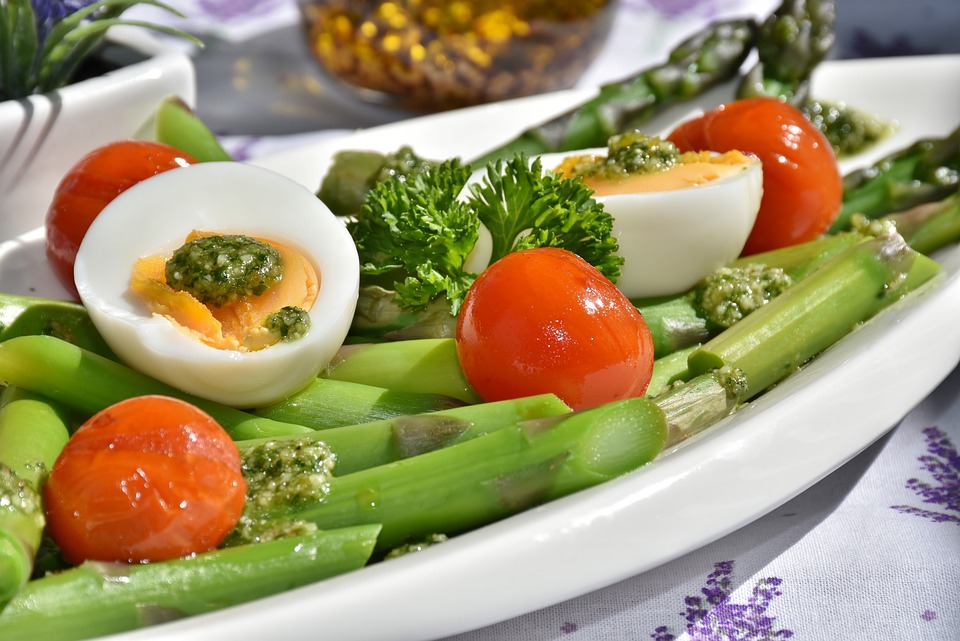Bengali food is an ancient cuisine that dates back to early Buddhism. It is made up of the cooking of West Bengal, which is part of India, and East Bengal, which is part of Bangladesh. In early Buddhist and Bengali writings of the 10th and 11th centuries, there is mention of the abundance of products that can be derived from good agriculture.
Although rice is a staple food throughout Bengal, there are two distinct Bengali cooking styles. In East Bengali food, there is a heavy emphasis on fish and dal (a spicy bean stew that is a mainstay of the region). The food of West Bengal is characterized by the liberal use of poppy seeds.
Much of the distinctive taste of Bengali food comes from the mustard plant and mustard oil. Mustard is used in three ways: the oil is used to fry foods, the greens are used as a cooked vegetable, and the seeds are ground to make a hot seasoning.
Fish and prawns are very common in both cuisines. West Bengalis usually raise their fish farms from estuaries, while East Bengalis get the majority of their fish from the large rivers in the region.
This fish stew recipe uses ingredients and cooking techniques common to both West and East Bengal, and is very popular in both cuisines. Many Bengali chefs will add a few vegetables to the dish, such as eggplant and potatoes cut into small cubes. Some components have been changed to accommodate Western availability.
Spicy Bengali fish gravy
ingredients:
Salt to taste
1/2 teaspoon ground turmeric
1 tablespoon of hot paprika
1 1/4 pounds cod, sea bass, or halibut steaks, cut into 2-inch cubes
3 tablespoons mustard oil (can be found in Indian or Bengali markets) or vegetable oil
4 medium sized carrots, finely chopped
4 large garlic cloves, mashed
4 fresh green peppers (jalapenos or finger-like peppers), seeded and finely chopped
1/4 teaspoon ground cumin
1/4 teaspoon of mustard seeds
1/8 teaspoon ground cloves
1/8 teaspoon ground cinnamon
1/8 teaspoon ground cardamom
1 1/2 pounds ripe tomatoes, halved, seeds squeezed, and grated through the largest of the grater’s holes.
1 tablespoon chopped fresh coriander leaves
1/4 cup of water
1/2 cup full yogurt
directione:
In a plate, mix the salt, 1/4 teaspoon each of the turmeric, and the paprika. Dredge the steaks on both sides of the mixture.
In a large skillet, heat the mustard oil (or vegetable oil) over medium-high heat. Brown the fish on both sides, flipping once, 3 minutes total. Remove from the fire and set aside.
Add onions and garlic to the skillet. cook until tender, or about 15 minutes, stirring frequently. Add the cayenne pepper, cumin, mustard seeds, cinnamon, cloves, cardamom, and 1/4 teaspoon turmeric. Cook for 2 minutes, stirring, then add the tomatoes, cilantro, and water. Reduce heat to low, and cook until sauce thickens, or about 15 minutes.
Add yogurt and salt to taste and stir until combined. Return the fish to the skillet and simmer, covered, until flaky, or about 10 minutes. Be careful that the broth is never too hot, as the yogurt will separate. Serve immediately over rice, if desired.




No comments! Be the first commenter?